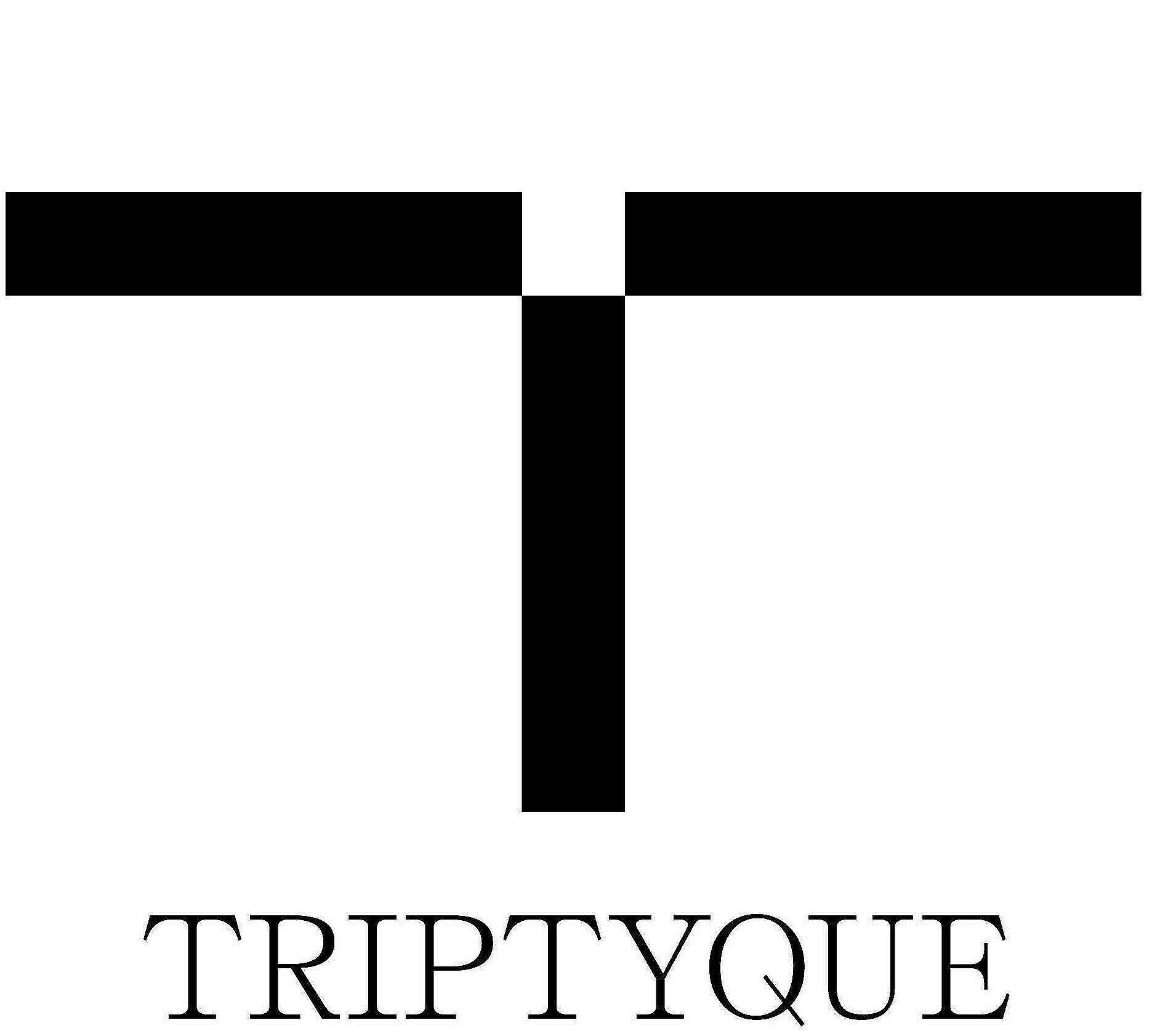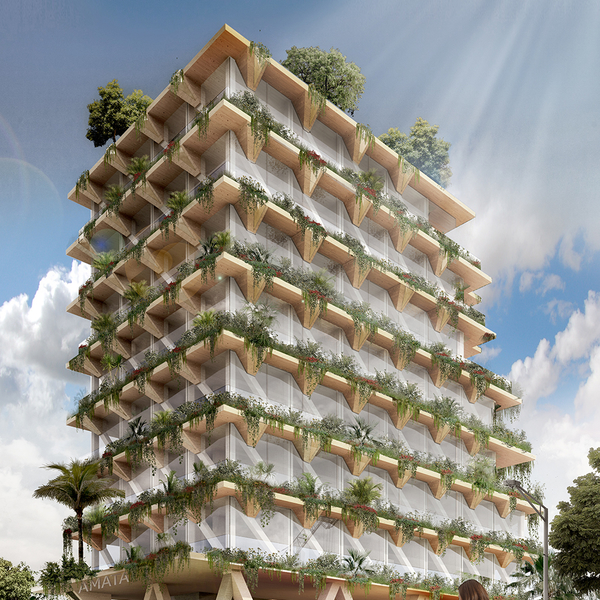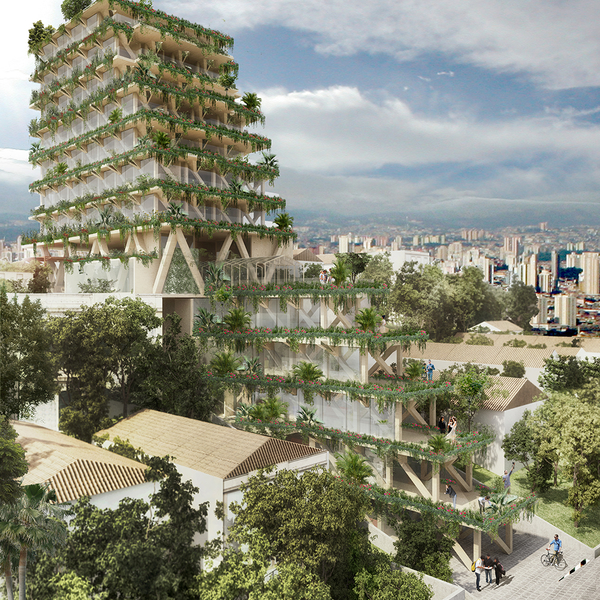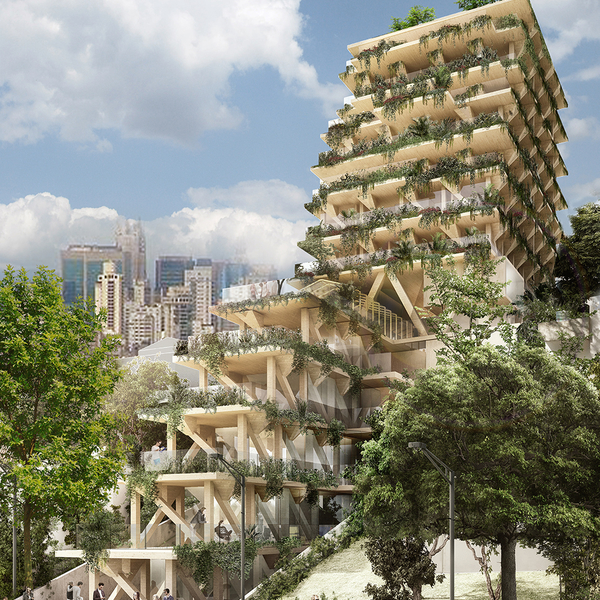“Walls of Air” embraces the thematic proposal of the Biennial – Freespace, curators Yvonne Farrell and Shelley McNamara, as a provocation both to question the different forms of walls that construct, in various scales the Brazilian territory and to rethink the borders of the own architecture in relation to other disciplines.
It proposes to make visible the forms of spatial and conceptual separation resulting from the urbanization processes of the country. Added to this is a search for projects or initiatives that already work in this direction, to reflect together on the possibility of designing architecture as a vehicle for re-conceptualizing such barriers.
The pavilion explores the question of the transposition of borders – material and immaterial – of Brazil and its architecture. “Muros de Ar” is curated by Gabriel Kozlowski, Laura González Fierro, Marcelo Maia Rosa and Sol Camacho. Collective formed exclusively to conceive the contribution of Brazil at the 16th International Architecture Exhibition – Venice Biennale 2018.
Project AMATA by Triptyque Architecture
A collaboration between the afforestation company AMATA and the French-Brazilian office Triptyque Architecture. The first wooden building in Brazil, planned for 2020. Of mixed use of 13 floors with total area of 4,700 m² allows multiple uses, such as co-working, co-living, shops and restaurants. Both spaces, common and private, interact with the city and the public.
The URBAN FOREST project aims to create a link between the interior and exterior of the built environment. Between the public and the private, spaces that invite to enter the project in its common areas, deconstructing physical and mental “walls” to which we live imprisoned. A new look at architectural design and construction that enables cultural transpositions, integrates disciplines, redefines behaviors, conceptualizes new ambiences, and broadens ethical perspectives.
The choice of biological materials in architecture shapes a new way of living with more awareness, questions the ways of thinking and doing architecture.
The use of wood as structural material is a model for sustainable urban architecture: wood is the only renewable building material that retains carbon dioxide accumulated throughout its life cycle.
URBAN FOREST represents the application of the naturalization of architecture and provides a total sensory experience, a metaphor of a habitable urban forest, visible and invisible wood, the use of vegetation and landscape. With a staggered silhouette, it integrates perfectly into the uneven topography of the neighborhood of Vila Madalena in São Paulo, creating a friendly architectural walk that invites to the conviviality and inspires.
About the 16th Venice Architecture Biennale
The 16th edition of the Architecture Biennial, which will take place between May 26 and November 25, and which will be presented to the press first hand on May 24th and 25th in the famous Giardini, Arsenale and other places in the Italian city. the curatorship of Yvonne Farrell and Shelley McNamara, winners of the 2012 Pratade Lion, will be called “Freespace.”
The biennial will focus on the “ability of the architecture to offer free and supplementary spaces to those who make use of them” and, therefore, “freespace” will represent “the generosity of spirit and the sense of humanity that architecture places at the center of the agenda “. To explain freespace, the curators used as an example the work done by Italian architect Lina Bo Bardi at the São Paulo Museum of Art, Masp, in which the designer decided to “take” the construction of the floor “not for pride aesthetic, but to create a view that would allow anyone to see the city from above “.
A theoretical manifesto on the theme of the show speaks of the “opportunity to emphasize the free gifts of nature, such as light – the light of the sun, the moon – of air, gravity, and materials – natural and artificial “and the fact that the biennial” can be a space of opportunity, a democratic space, not “programmatic” and free for uses not yet defined.



